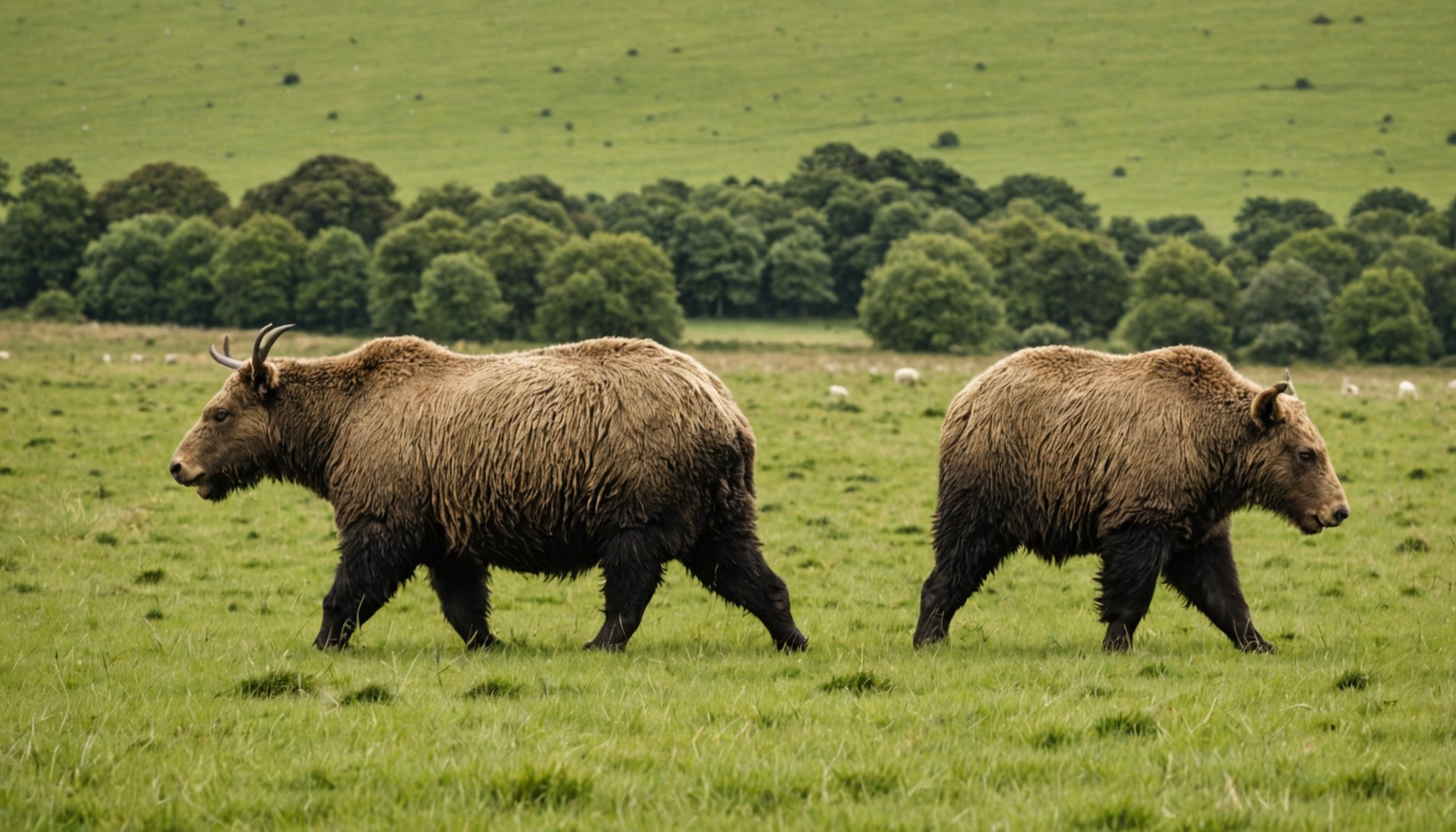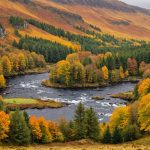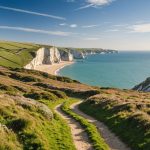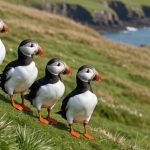Top UK Campsites for Wildlife Viewing
Choosing the best campsites in the UK for wildlife viewing can be a rewarding experience for nature lovers. When selecting a campsite, consider factors such as location proximity to wildlife hotspots, availability of amenities, and the unique features each campsite offers. This ensures a memorable stay and maximizes wildlife-watching opportunities.
Some campsites are situated near biodiverse areas, where you can observe various wildlife species up close, enhancing the camping experience. Accessibility is another important criterion, as campsites situated near major roads may provide easier access for visitors. For instance, campsites near national parks or nature reserves often provide first-class opportunities to observe seasonal wildlife events.
In the same genre : Uncover the best uk campsites with electric hook-up: your essential reservation guide
Moreover, consider the unique aspects each site provides. Some might offer guided tours or have educational centers to facilitate learning about the local ecosystem. Facilities specific to families, such as playgrounds or designated nature trails, further enhance the stay.
Additionally, many sites prioritize eco-friendly practices, which not only protect natural habitats but also offer a responsible camping experience. With these features in mind, adventurers can thoroughly enjoy the stunning landscapes and vibrant wildlife that the UK has to offer.
Also to discover : Top Tips for Keeping Kids Engaged and Entertained on Your UK Camping Adventure
Overview of Wildlife Migration in the UK
The wildlife migration UK offers is a stunning natural spectacle that plays a critical role in maintaining ecosystem health. Migration allows species to exploit different habitats seasonally, ensuring survival and reproduction. Key migratory species include birds like swans and geese, whose movements transform landscapes with rhythmic and predictable patterns.
Migratory birds are not the only highlight. Marine animals, such as seals and cetaceans, are also integral to seasonal wildlife events. Their migrations are vital for the ecological balance within marine environments. For instance, grey seals travel to the coastlines, attracting numerous wildlife viewers eager to witness such unique phenomena.
Understanding seasonal patterns and phenomena enables enthusiasts to make the most of wildlife migration viewing. In spring, many bird species travel from the south, seeking northern breeding grounds. Autumn sees these same species journeying back to warmer climates. Marine life has its seasonal shifts as well, with winter months proving optimal for seal sightings.
Familiarity with these patterns helps adventurers plan visits to UK campsites accordingly, ensuring they’re in the right place at the right time to observe such awe-inspiring displays of nature in motion. Moreover, it highlights the importance of preserving these migratory routes for future generations.
Detailed Descriptions of Wildlife Migration Events
Experiencing wildlife migration events in the UK can be the highlight of any nature enthusiast’s journey. During these events, countless species traverse the country, following age-old routes embedded in their genetic code.
Specific Migration Events
The UK witnesses awe-inspiring bird migrations, with species like barnacle geese and swans making seasonal treks to breeding and feeding grounds. These bird migrations are significant, not only in their immense numbers but also in the ecological roles these birds play. Additionally, marine animal migrations are a fascinating spectacle. Grey seals journey to designated haul-out sites during specific months, offering a chance to observe them up close.
Best Viewing Locations
To witness these natural wonders, some of the finest seasonal viewing spots include locations like the Firth of Forth for birdwatching and various coastal areas for marine life. Inland sites, such as the Norfolk Broads, offer diverse wildlife opportunities.
Timing Your Visits
Optimal timing is crucial for witnessing these events. Spring and autumn are often peak seasons for bird migrations, while winter can be ideal for seals. Weather patterns significantly affect migration, with milder winters often delaying movements. Consider habitats hosting the most congregated migrating species to maximise observations.
Amenities and Facilities at Campsites
When it comes to wildlife viewing campsites in the UK, having the right campsite amenities can greatly enhance the experience. For wildlife watchers, essential amenities include binocular rentals, bird hides, and information centres, which offer guidance on local wildlife.
For families, many campsites provide child-friendly facilities such as playgrounds and nature trails, fostering an educational yet entertaining environment for children. A few sites even organize interactive sessions, like nature workshops and storytelling under the stars, ensuring delightful family experiences.
Eco-friendly practices are an increasing focus across campsites. You might find solar-powered facilities, recycling stations, and waste reduction initiatives, all contributing to a more sustainable camping experience. These campsites often source supplies locally to support the region’s economy and reduce environmental impact.
To further cater to diverse preferences, some sites provide modern conveniences like electric hook-ups and Wi-Fi, pleasing both traditional campers and those who prefer modern luxuries. While such amenities enhance comfort, it’s important that they blend with the natural surroundings, maintaining the serenity essential for observing wildlife.
Prioritizing these features ensures not only a comfortable and enriching stay but also aids in responsible tourism that benefits both campers and the environment alike.
Tips for Responsible Wildlife Viewing
Engaging in responsible wildlife viewing is crucial for maintaining the balance of natural habitats, ensuring both eco-friendly camping and an enriching experience for all. Following guidelines for minimizing human impact is fundamental. This includes maintaining a respectful distance from animals, avoiding flash photography, and sticking to marked trails. These practices help prevent wildlife disturbance and habitat degradation.
Best practices involve choosing the right equipment. Binoculars or telephoto lenses are essential tools that allow you to observe from afar without intruding on the wildlife’s space. Additionally, minimising noise and movement can significantly reduce stress on animals, promoting a more natural behaviour.
Respecting the habitat is of utmost importance. This means refraining from feeding animals, as it disrupts their natural foraging behaviours and can lead to dependency on human-provided food sources. Ensuring all waste is properly disposed of, preferably in designated recycling stations, supports eco-friendly camping and leaves the area in its pristine condition.
Undertaking these responsible practices not only provides a safe environment for animals but also preserves the landscapes for future generations to enjoy. By maintaining these standards, we contribute to the conservation of the vibrant biodiversity that characterises the UK’s natural world.
Suggested Itinerary for Nature Enthusiasts
Designing a camping itinerary that captures the essence of the UK’s breathtaking wildlife migration experiences requires thoughtful planning. A three-day itinerary can maximally encompass key wildlife viewing trips, creating an unforgettable journey.
Day 1: Begin your adventure at a coastal campsite renowned for birdwatching, such as those near the Firth of Forth. Early mornings offer the best light for observing stunning seasonal spectacles, like migratory movements of swans and barnacle geese. Engage with local educational centres that provide insights into the ecological significance of these birds.
Day 2: Travel inland towards notable sites like the Norfolk Broads. Here, a blend of waterfowl and diverse wildlife viewing trips offers a charming contrast. Traverse designated nature trails during peak bird activities and explore nearby cultural attractions for a complete experience.
Day 3: Head towards coastal areas known for marine animal migrations. Witness grey seals in their natural habitat during seasonal events, engaging in responsible viewing to minimize disturbance. Evenings can be spent exploring local amenities like storytelling sessions, enhancing the adventure.
Ensure to plan routes that allow smooth transitions between locations. This well-curated itinerary captures the heart of UK wildlife migration, creating lasting memories with meaningful wildlife interactions.











